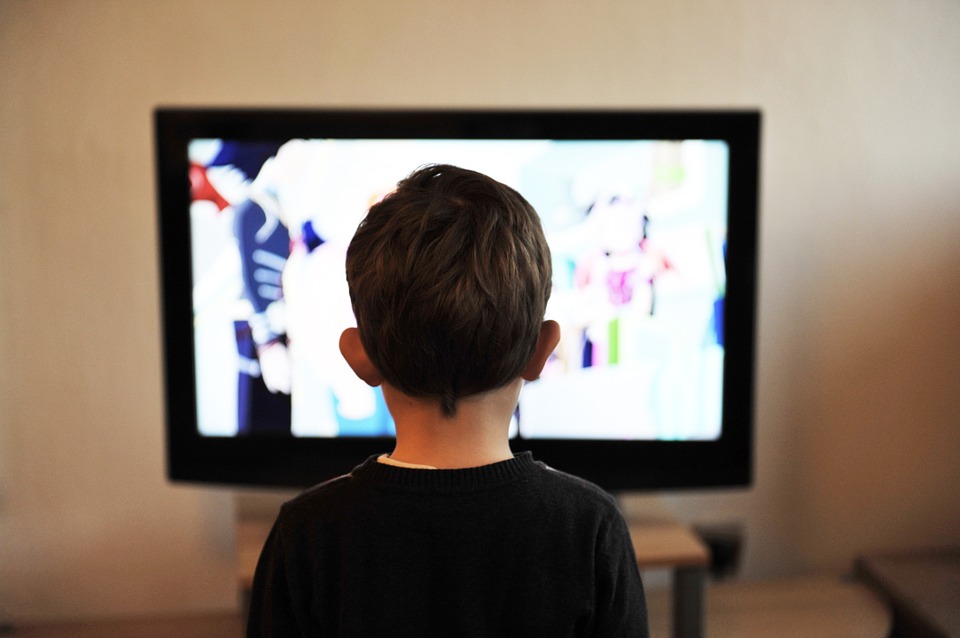
Changing Channels: viewers are increasingly watching social video via connected TVs
December 7, 2023From streaming sticks to game consoles, smart TVs to set-top boxes, the rise of internet-connected TVs have opened up another channel for audiences to view premium digital video. As these devices spread throughout consumer households, audiences are increasingly choosing to view social video via connected TVs.
As viewers continue to shift their viewing habits away from linear TV, cutting cable or never subscribing in the first place, audiences are consuming more premium digital video instead — and they’re looking to consume it on their terms. Much has been written about the shift to mobile video viewing, but what audiences really desire is freedom: the freedom to choose where, when, and how they consume video. While mobile video offers viewers an opportunity to catch up on their favorite video content while on the go, connected TVs deliver an immersive, shared viewing experience in the comfort of their home.
According to eMarketer, connected TVs have become mainstream, with more than half of the US population expected to view content on them in 2016. By 2019, eMarketer projects that more than 60% of the US will view video content via connected TVs1.
Mirroring the rise of connected TVs, Pixability has observed an increasing share of YouTube views coming from these devices. Pixability found that, in a sample of clients’ YouTube channels, connected TVs accounted for 15.2% of views in 2016, ahead of 7.9% in 2015. With the share of connected TV views nearly doubling year over year, it’s clear that consumers are increasingly opting to view YouTube content on these devices, a trend that will likely continue.

Further research will show how audiences interact differently with video content on the big screen. Some early results suggest that while the opportunity for direct engagement with video ads — such as clicking through to the advertiser’s website — is more limited, video completion rates are significantly higher than on other device types, even when the ad is skippable. Connected TVs may turn out to be an ideal channel for awareness campaigns, and thanks to YouTube’s retargeting capabilities, consumers can be later be engaged on other devices once they have seen an ad.
Even as audiences turn to digital video over linear TV, there’s still a demand for video content in the living room. With the rise of connected TVs, audiences have more freedom than ever in choosing where they watch digital video content — and they’re increasingly choosing connected TVs.
Update: As Pixability recently noted, Facebook and YouTube continue to move toward feature parity — and now, Facebook has quietly rolled a new feature to its Android and iOS apps, allowing users to play Facebook video on a TV using Chromecast or Apple Airplay. The feature supports videos in the newsfeed, paid ads, and even live video — opening up another front as the social video platforms battle for audience viewership and ad dollars.
Twitter is also embracing connected-TVs — recently, the platform launched a standalone app for Apple TV, Amazon Fire TV, and XBox One. The app combines Twitter’s news-oriented Moments feature with high-profile livestreaming video, including content from Bloomberg and the NFL. Twitter is making a big push to position itself as the go-to platform for live video and real-time conversation — and while the app is still in its early stages, we’ll see if it helps Twitter attract a sizable viewership of its livestreaming content.
1. eMarketer. (2015, November). Connected TV Usage: Digital Content Gives the ‘First Screen’ New Life. Retrieved from eMarketer database.?